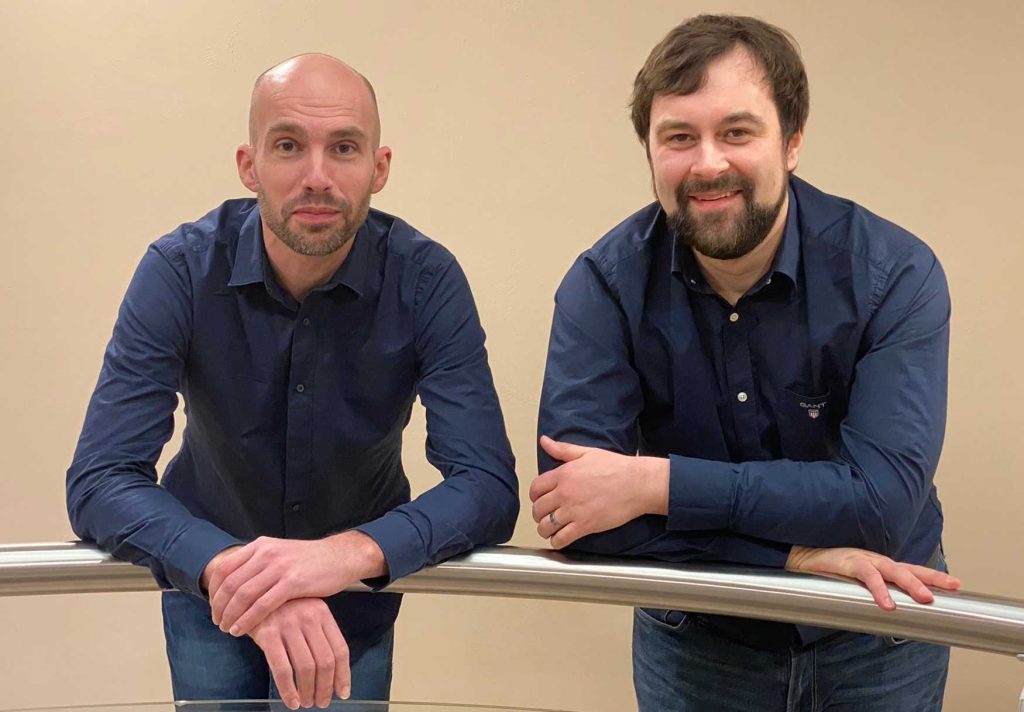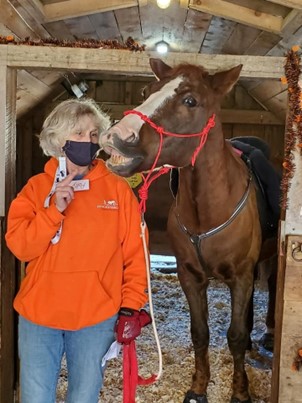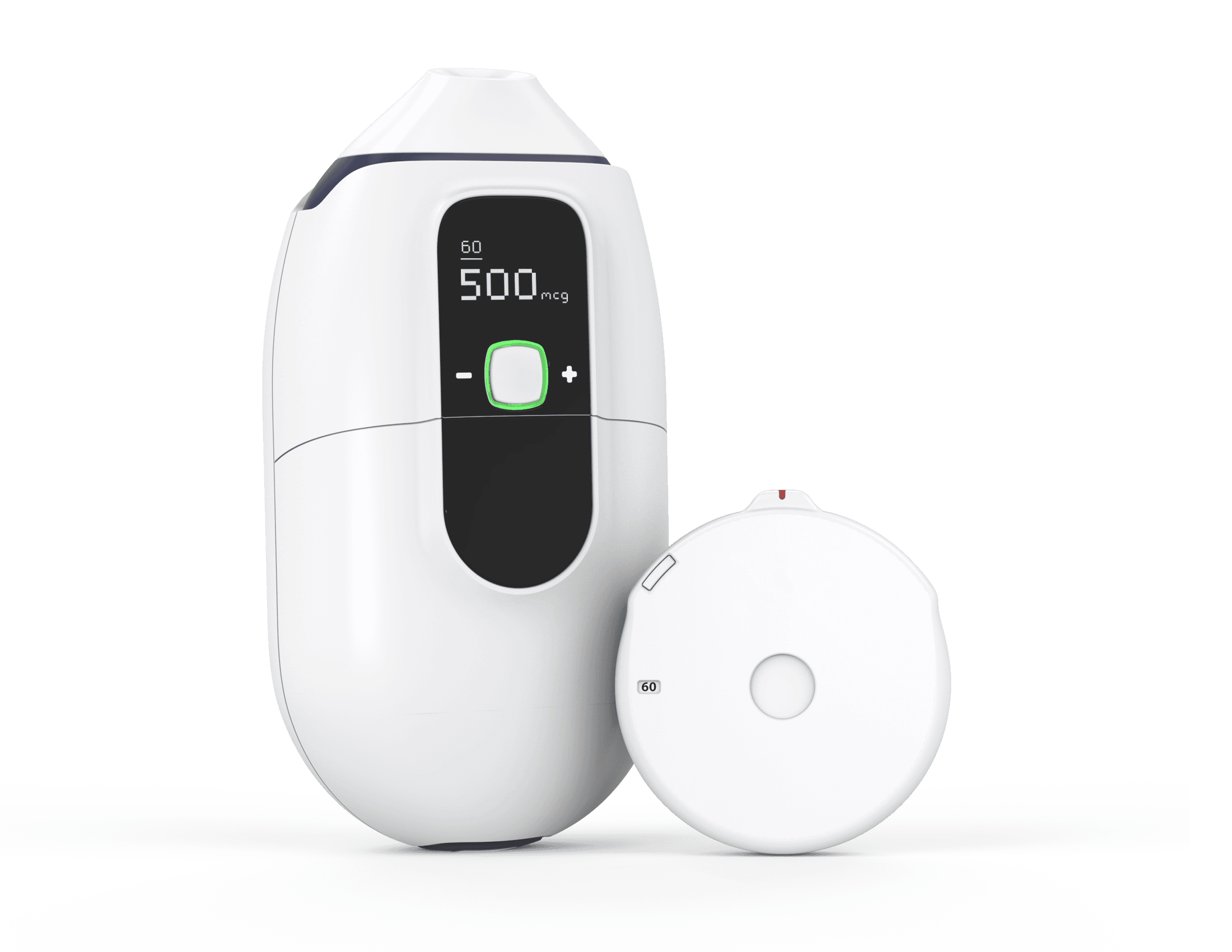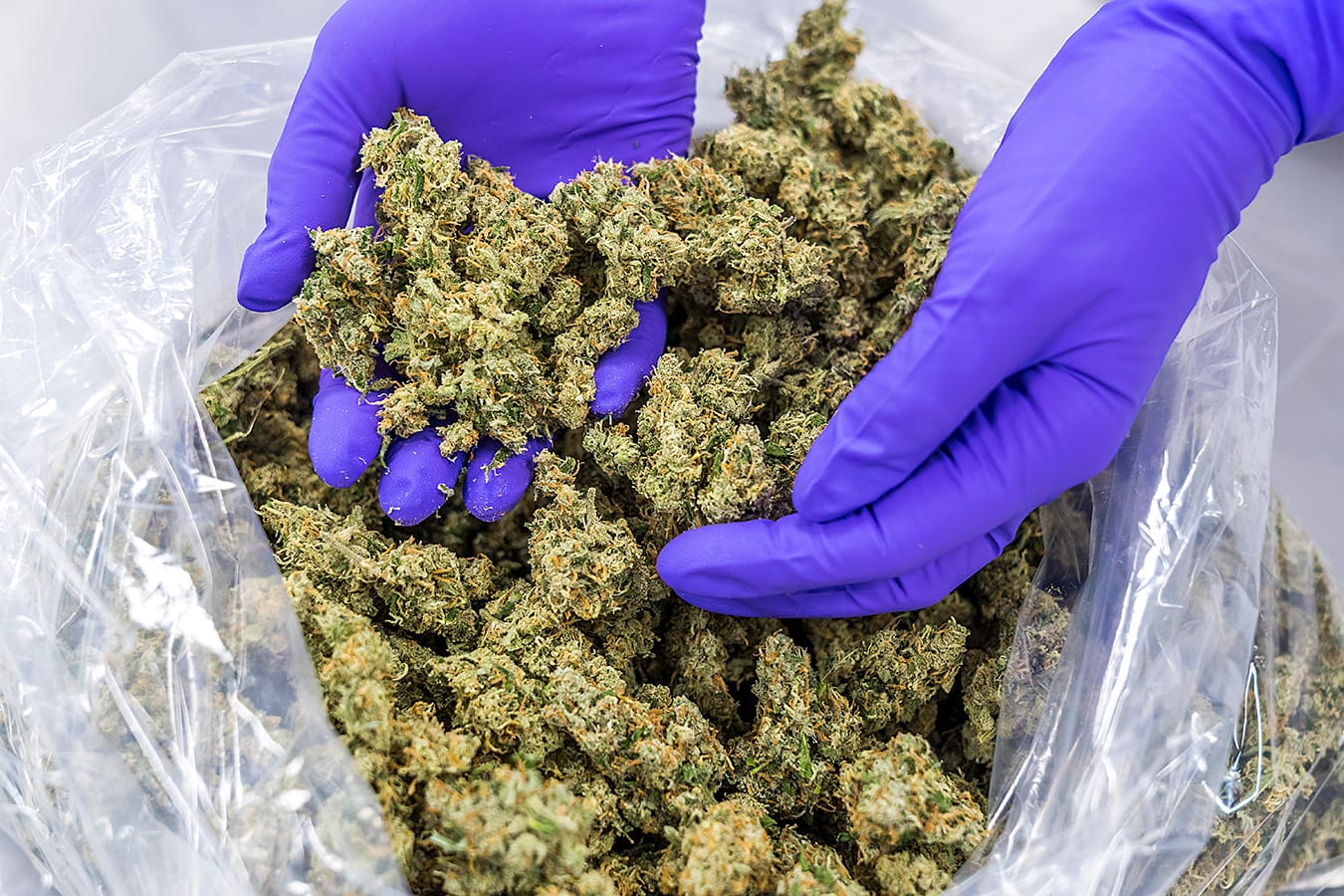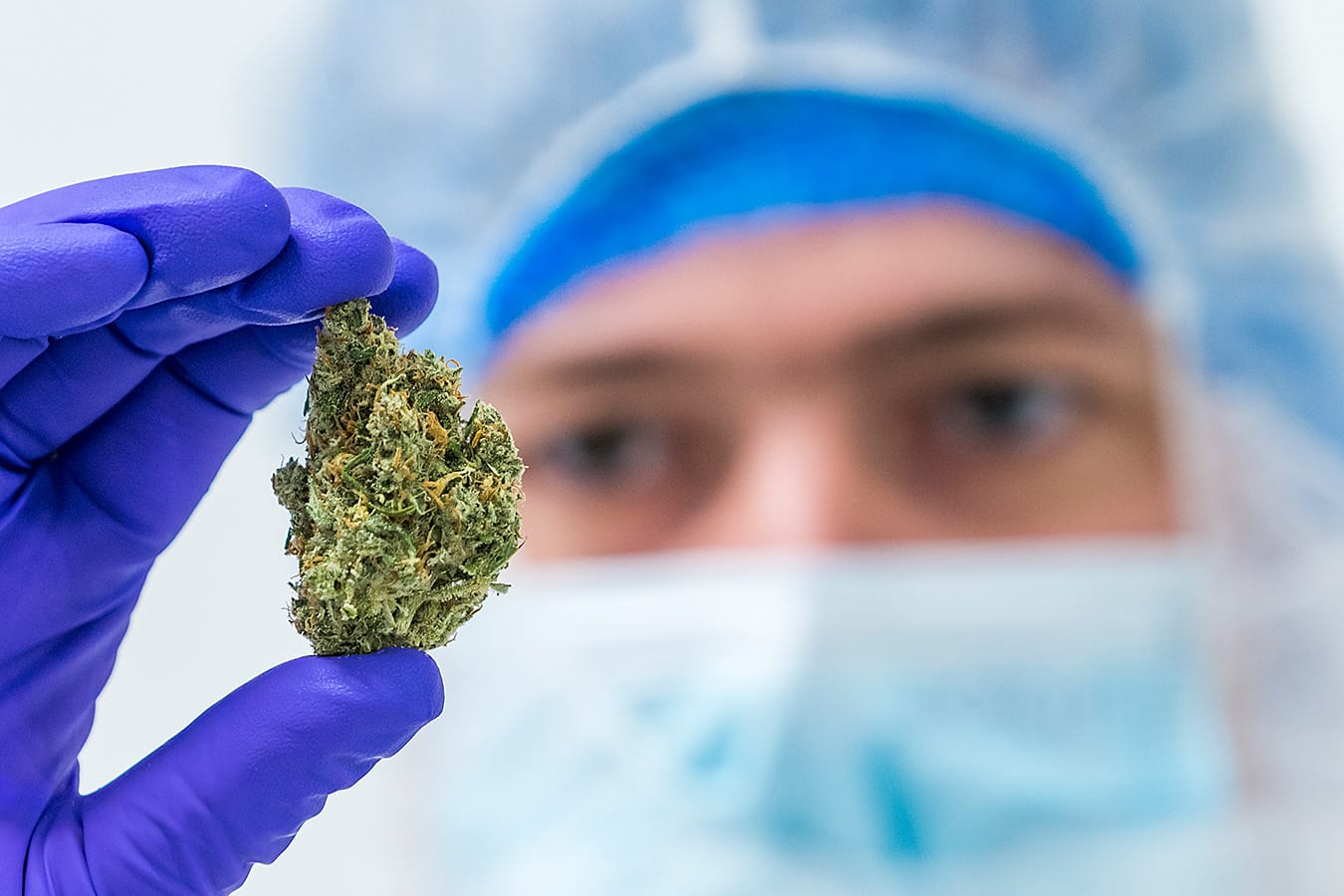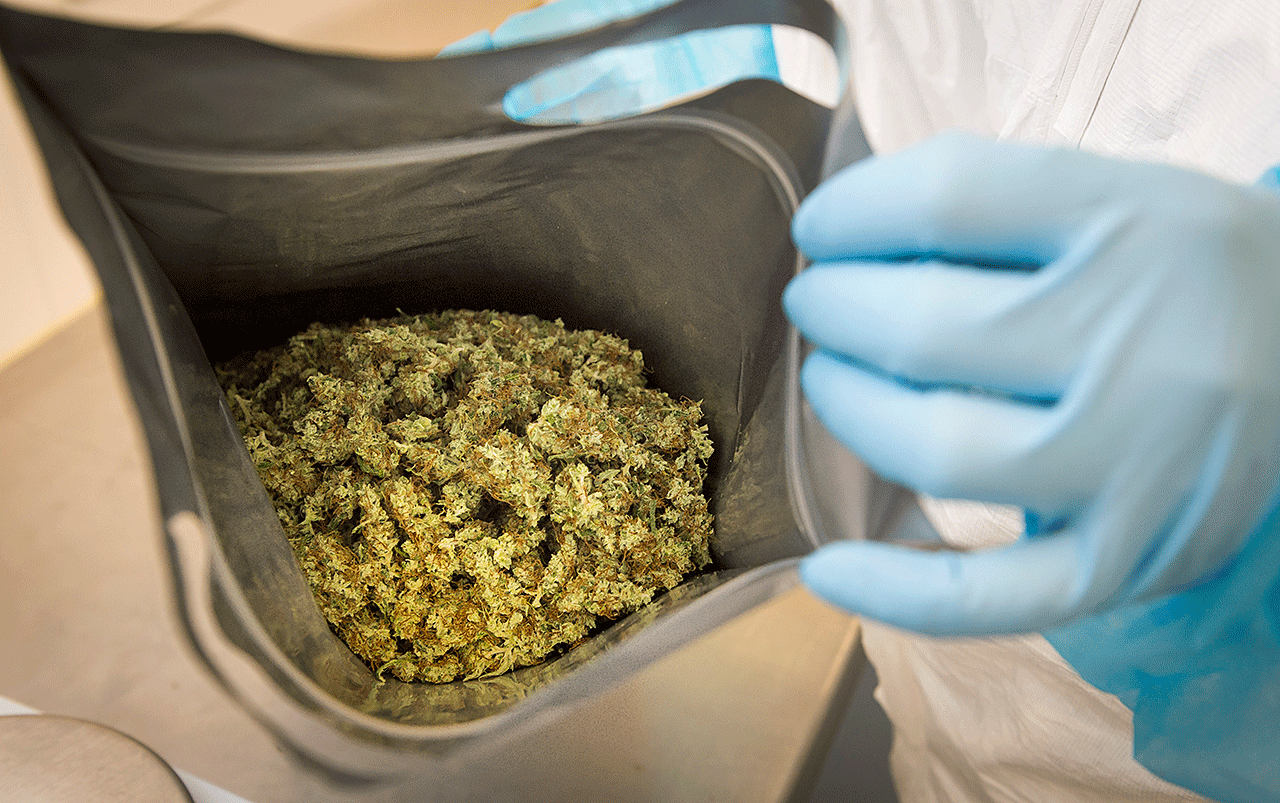Historic cannabis law change in Germany does not yet serve the patient
Germany has gone steps further than the Netherlands when it comes to cannabis policy. Cannabis possession is no longer prohibited under certain conditions, but the door seems wide open for pseudo-medical players. Does the new German legislation, which came into effect on April 1, 2024, mean something for the patient and what are the catches? Bedrocan’s Chairman of the Board Tjalling Erkelens responds to the most important changes.
Cannabis removed from narcotic list
In Germany, cannabis has been removed from the national narcotics list but is still restricted in many ways. Cannabis is still not allowed to be exported or sold and possession is limited to 25 grams per adult (50g at home).
The new law makes some things easier for patients and pharmacies. However, the biggest problem is that the new setup makes privately paid pseudo-medical prescriptions the only legal source of cannabis in Germany. Home cultivation and the new cannabis clubs will only play a role several months down the road. In the meantime, the law has not set strong medical standards as a minimum requirement, hundreds of new products with recreational names are flooding the medical market and telemedical services are offering prescriptions for almost any indication and for marketing prices as low as 1 euro.
Bedrocan's response
Tjalling: “The new law mainly fulfils a promise to voters who are recreational users. We have seen similar effects in Canada – it has created a huge wave of recreational demand. In Germany, medical and pseudo-medical structures are currently the only supply, resulting in a gigantic nationwide misuse. Real patients will be stigmatised even more than in the past. Instead, recreational users should have an easy source to receive recreational cannabis, while real patients, who often have years of treatment behind them, should receive medical treatment.”
Simplified access

Access to medicinal cannabis will be simplified, or at least that is the expectation. The German G-BA, which is responsible for amending the Medicines Directive on cannabis medicines, will soon hold a plenary hearing. A new list of specialists will be released who will be allowed to prescribe medicinal cannabis without approval by public health insurance.
Previously, four conditions had to be met: the clinical picture had to be serious enough, the patient had to have tried all standard treatment methods, treatment with medicinal cannabis had to offer the prospect of a positive change and, finally, there was an obligation to participate in anonymous accompanying research.
The best possible outcome would be better access to medical cannabis for patients and a simpler process for doctors and health insurers. However, with the country being hit by a wave of pseudo-medical prescriptions, health insurance providers today have all arguments on their side to open the door for publicly paid prescriptions only as limited as absolutely necessary.
Bedrocan's response
Tjalling: “It remains to be seen what exactly that will look like, but it is an overdue step forward, one that the Dutch Society of General Practitioners (NHG) and the Dutch government should also follow as an example. Real patients with chronic pain, spasms, rheumatism, palliative indications and so on – they can profit heavily from cannabis treatments, and they need easy access. Those patients cannot be faking their symptoms, and no health system should treat them like misusers. To help suffering patients, we need different measures to fight misuse, not restricting access for all. For example, I wonder why the new law in Germany makes it so easy for telemedical services to provide medical cannabis for seemingly recreational users, while it is very difficult for recreational users to legally access recreational cannabis. Potential misuse of the medical system by recreational users in Germany is unavoidable this way.”
New THC limit for driving
The ministry’s expert group has agreed on a new THC limit (3.5ng in blood) for driving under the influence of cannabis. This recommendation still needs to go through Parliament, which will draft a law. Until now, there was no legal limit. However, case law has established a threshold of 1 ng above which penalties have been imposed.
Bedrocan's response
Tjalling: “Patients are exempted from these rules in Germany, which is good. Their individual dosage plan, tolerance and body weight means that the question needs to be assessed individually. I hear that the abolition of cannabis in the Narcotics Act makes it difficult for patients to prove their status as patients. But I’m sure the efficient German administration will solve that quickly.”
Removal of health insurance approval
Removal of health insurance approval requirement for medical cannabis is planned for certain specialised doctors. Others are demanding this altogether.
Bedrocan's response
Tjalling: “The approval requirement hits everyone and claims that even patients with years of medical history and unfakable symptoms are only seeking drug misuse. Anything that really fights the misuse of medication for recreational purposes is good for patients. And providing real patients with good access to a medically supervised cannabis therapy is good for patients and actually saves health insurance companies significant money.”
New restrictions for public inhalation
Within pedestrian zones or a radius of 100 meters from schools, playgrounds, children and youth facilities, and publicly accessible sports facilities and in or within 100 meters of any cannabis club.
Bedrocan's response
Tjalling: “Distance regulations should not apply to patients. This discriminates against the dosage form and the patient’s daily medication, and it sets a dangerous precedent for the mistreatment of sick people in Germany. For example, travelling patients, who cannot inhale in their hotel, will need to find public hiding places for their inhalation treatment – that is a shame. If we mistrust all patients to be misusers, soon patients who need insulin will need to hide, too. These types of restrictions have an undue stigmatising effect.”












